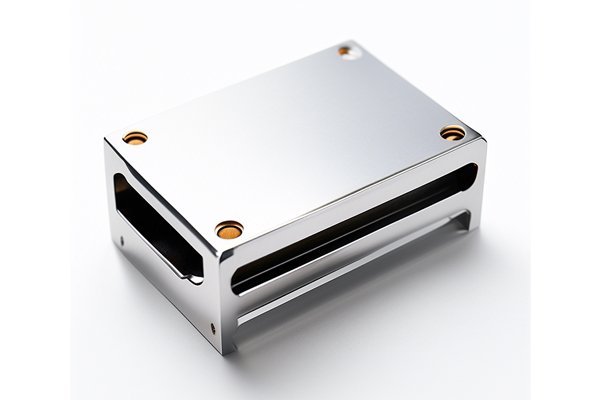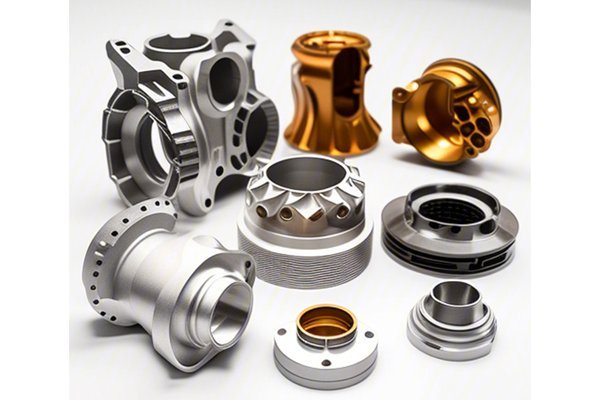*
Did you know that the global CNC machining market is projected to reach over $100 billion by 2025, growing at a compound annual growth rate (CAGR) of more than 6%? With such rapid growth, it’s no surprise that manufacturers are constantly exploring various CNC machining methods to stay competitive in this innovative landscape. But with a multitude of options available, how do businesses determine which CNC machining method is best suited for their specific needs?
In this extensive blog, we will delve into the different CNC machining methods, exploring their advantages and disadvantages, and providing detailed insights on applicable scenarios. Understanding these factors will enable manufacturers to make informed decisions, optimize their processes, and ultimately enhance their competitiveness in the marketplace.
Understanding CNC Machining
Before we dive into the specific methods of CNC machining, it’s essential to understand what CNC machining entails. CNC (Computer Numerical Control) machining refers to the automated control of machining tools via computer software. It involves the use of programmed commands that dictate the movement of machines and tools—transforming raw materials into finished products with precision.
CNC machining encompasses various techniques, including milling, turning, drilling, and laser cutting, among others. Each of these methods has unique applications in different industries, which we’ll explore in detail.
CNC milling is one of the most common machining processes. It involves using rotary cutters to remove material from a workpiece, producing complex shapes with high accuracy.
Advantages of CNC Milling:
Disadvantages of CNC Milling:
Applicable Scenarios for CNC Milling:
CNC milling is particularly effective in industries requiring precision components, such as the aerospace, automotive, and medical sectors.
CNC turning is a machining method where the workpiece is rotated against a stationary cutting tool. This technique is ideal for producing cylindrical shapes.
Advantages of CNC Turning:
Disadvantages of CNC Turning:
Applicable Scenarios for CNC Turning:
Industries that require cylindrical parts, such as oil and gas, automotive, and manufacturing, heavily rely on CNC turning.
CNC drilling involves using a rotating drill bit to create holes in a workpiece. This method is commonly used for precision hole placement.
Advantages of CNC Drilling:
Disadvantages of CNC Drilling:

Applicable Scenarios for CNC Drilling:
CNC drilling is commonly used in industries where precise hole placement is critical, such as electronics, aerospace, and construction.
CNC laser cutting uses a laser to cut materials. It is known for its precision and ability to cut through various materials.
Advantages of CNC Laser Cutting:
Disadvantages of CNC Laser Cutting:
Applicable Scenarios for CNC Laser Cutting:
Industries that benefit from CNC laser cutting include sign making, automotive parts fabrication, and prototype development.
Comparative Analysis: When to Use Each CNC Machining Method
Now that we’ve outlined the various CNC machining methods and their respective advantages and disadvantages, the next step is comparing their applicability. Understanding when and why to use each method can greatly affect production efficiency and cost-effectiveness.
Cost Considerations in CNC Machining Methods
While choosing a CNC machining method, production costs play a crucial role. Factors that influence costs include:
Manufacturers need to analyze these factors carefully to select the most cost-effective method that meets their production goals without compromising quality.
*
Navigating the world of CNC machining can be daunting, but understanding the advantages and disadvantages of each machining method is vital for any manufacturer. From CNC milling to turning, drilling, and laser cutting, each method presents unique benefits and limitations, making certain methods more suited for specific applications than others.
In this blog, we unpacked the core CNC machining techniques, their respective advantages and disadvantages, and the scenarios in which they shine. By applying these insights, manufacturers can improve efficiency, reduce costs, and enhance product quality.
As the CNC machining market continues to evolve with technological advancements, staying informed on these methods will allow industry professionals to maintain a competitive edge. Adopting the right CNC machining method is not just beneficial for manufacturers in terms of cost and efficiency—it is essential for future growth, sustainability, and success in a rapidly growing marketplace. Therefore, take the time to evaluate your needs and consider how each machining method can fit into your production strategy for better outcomes.






